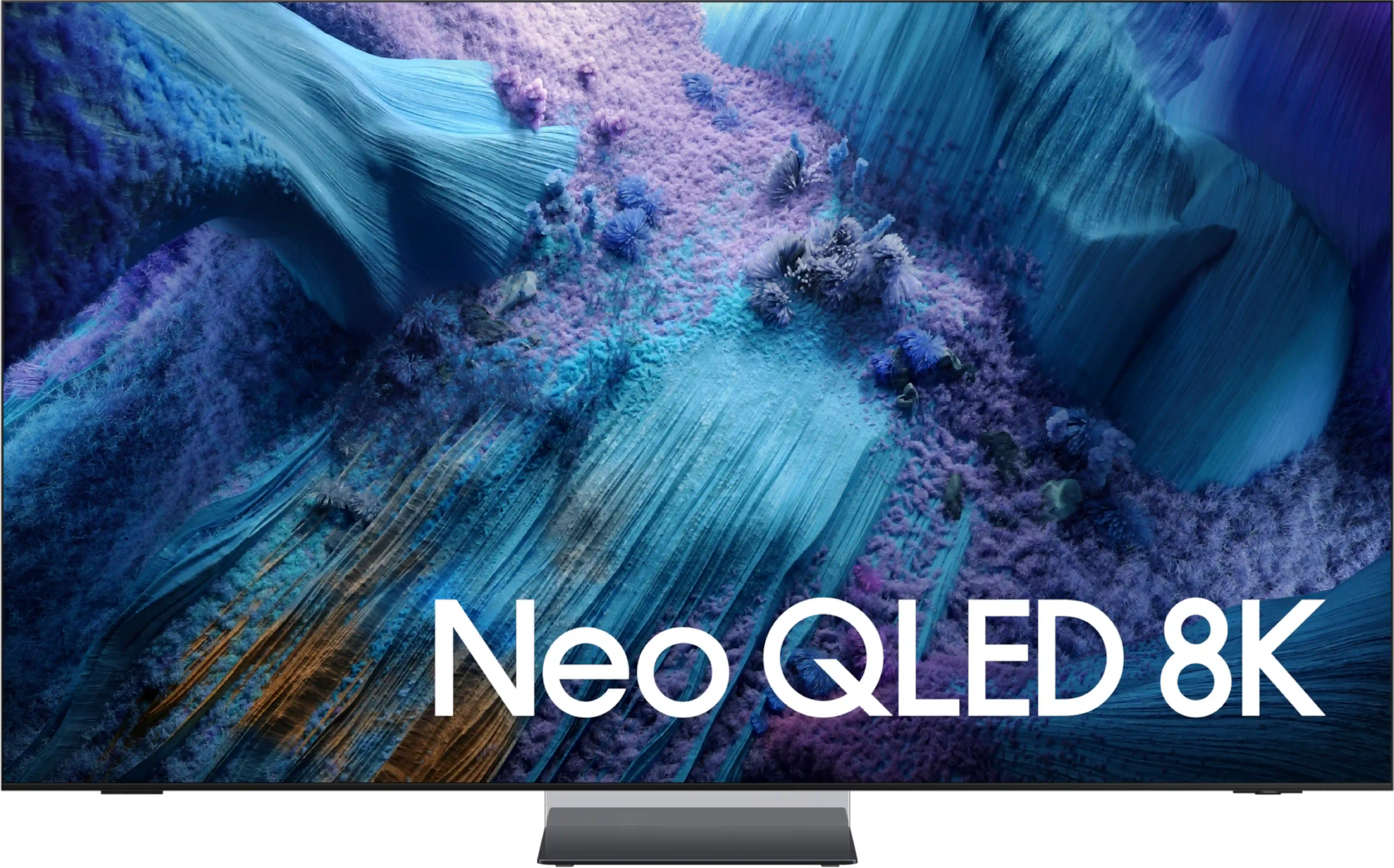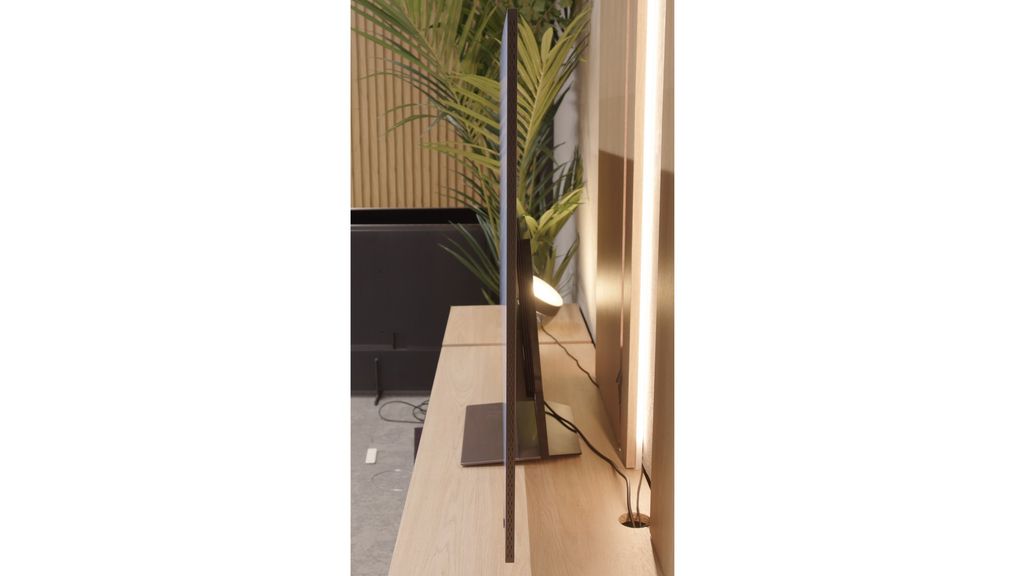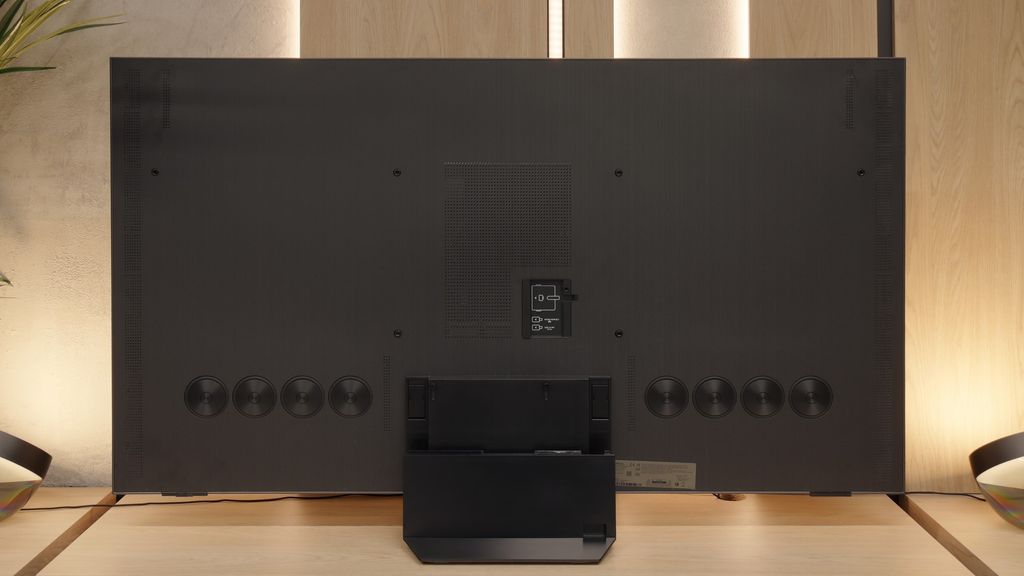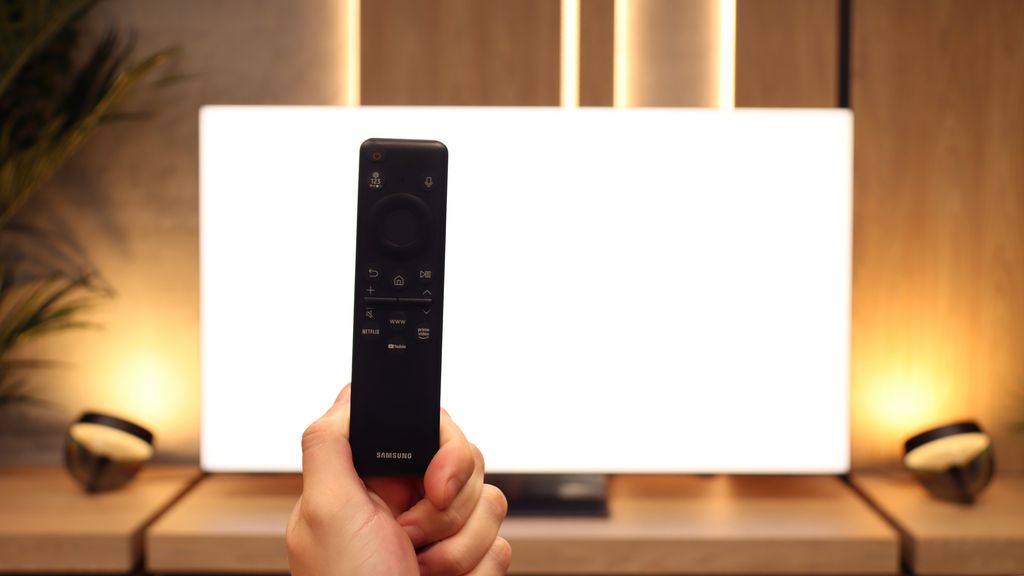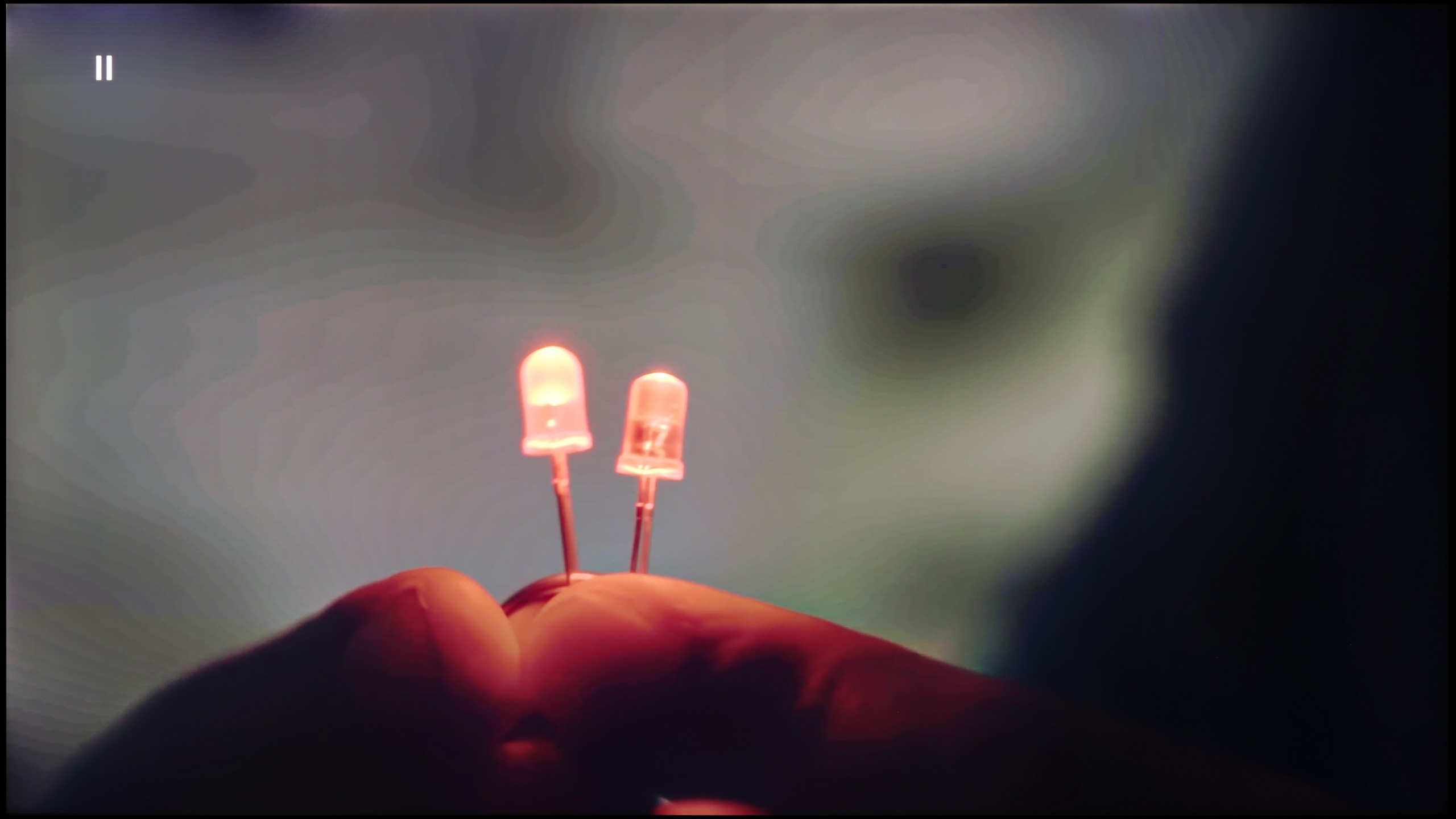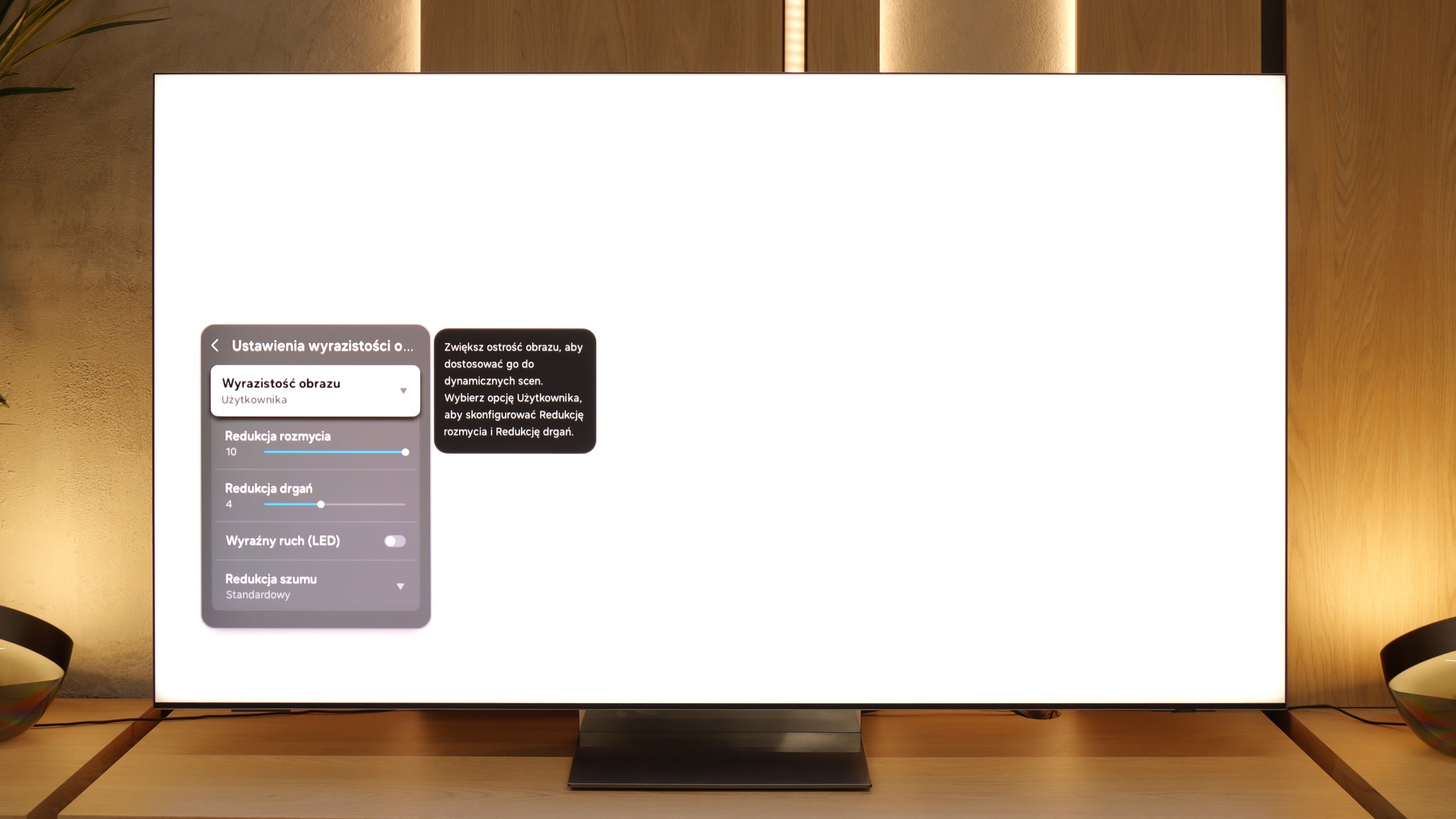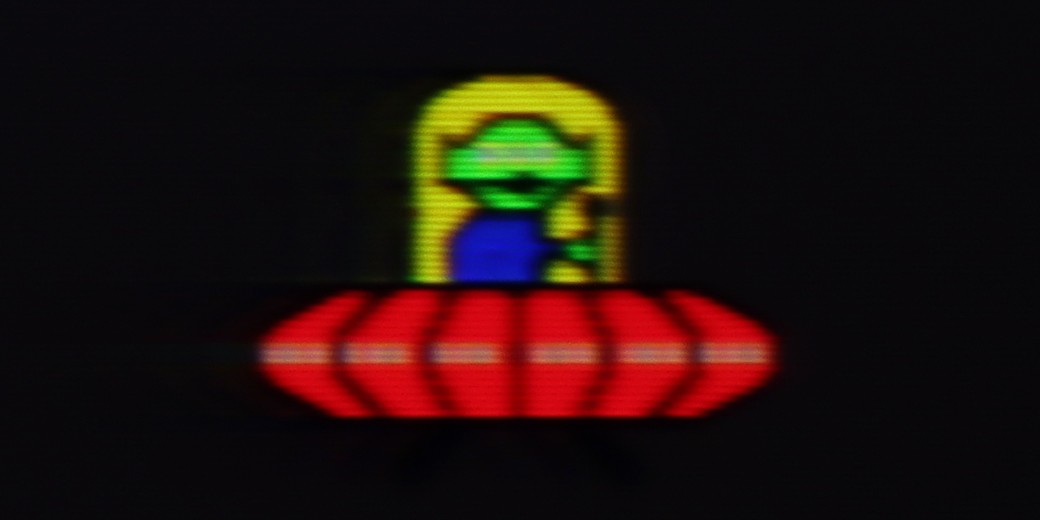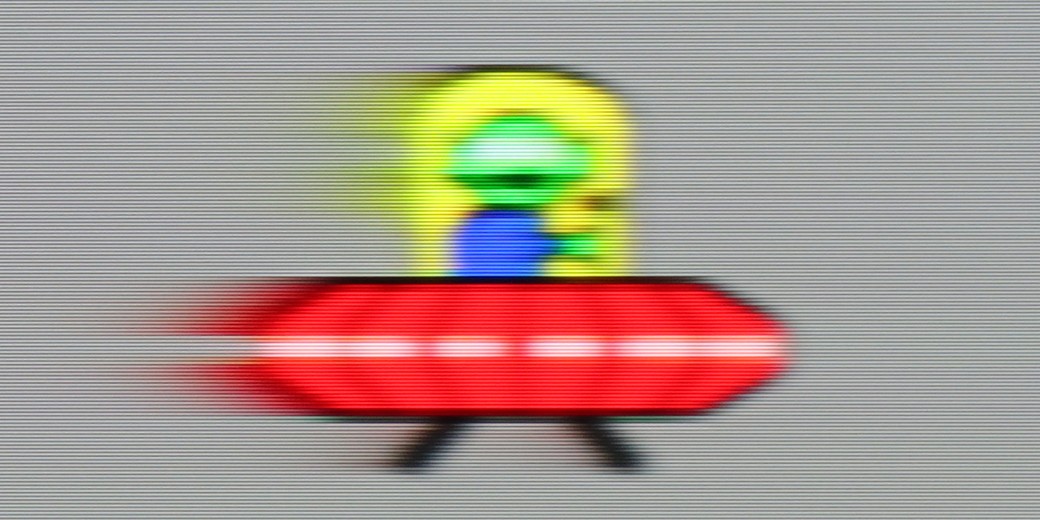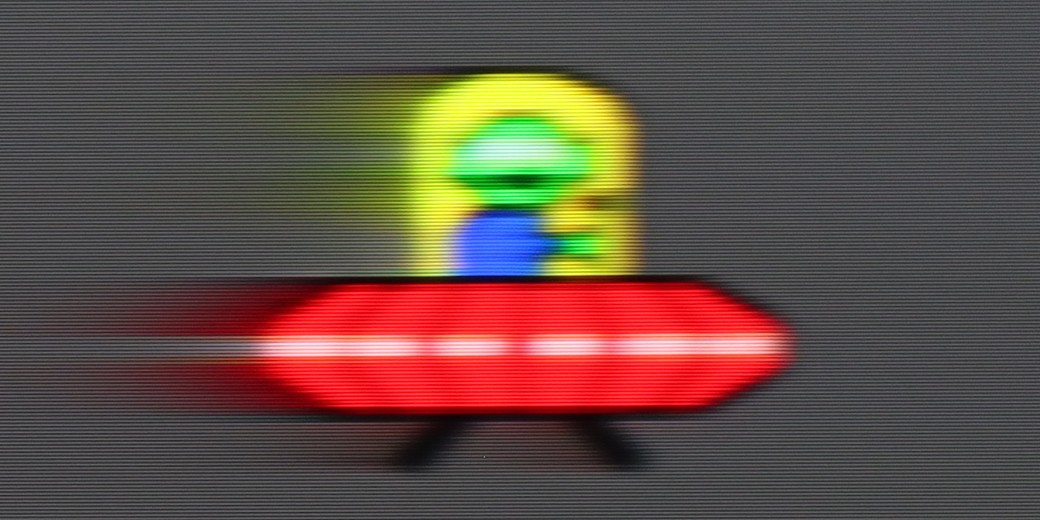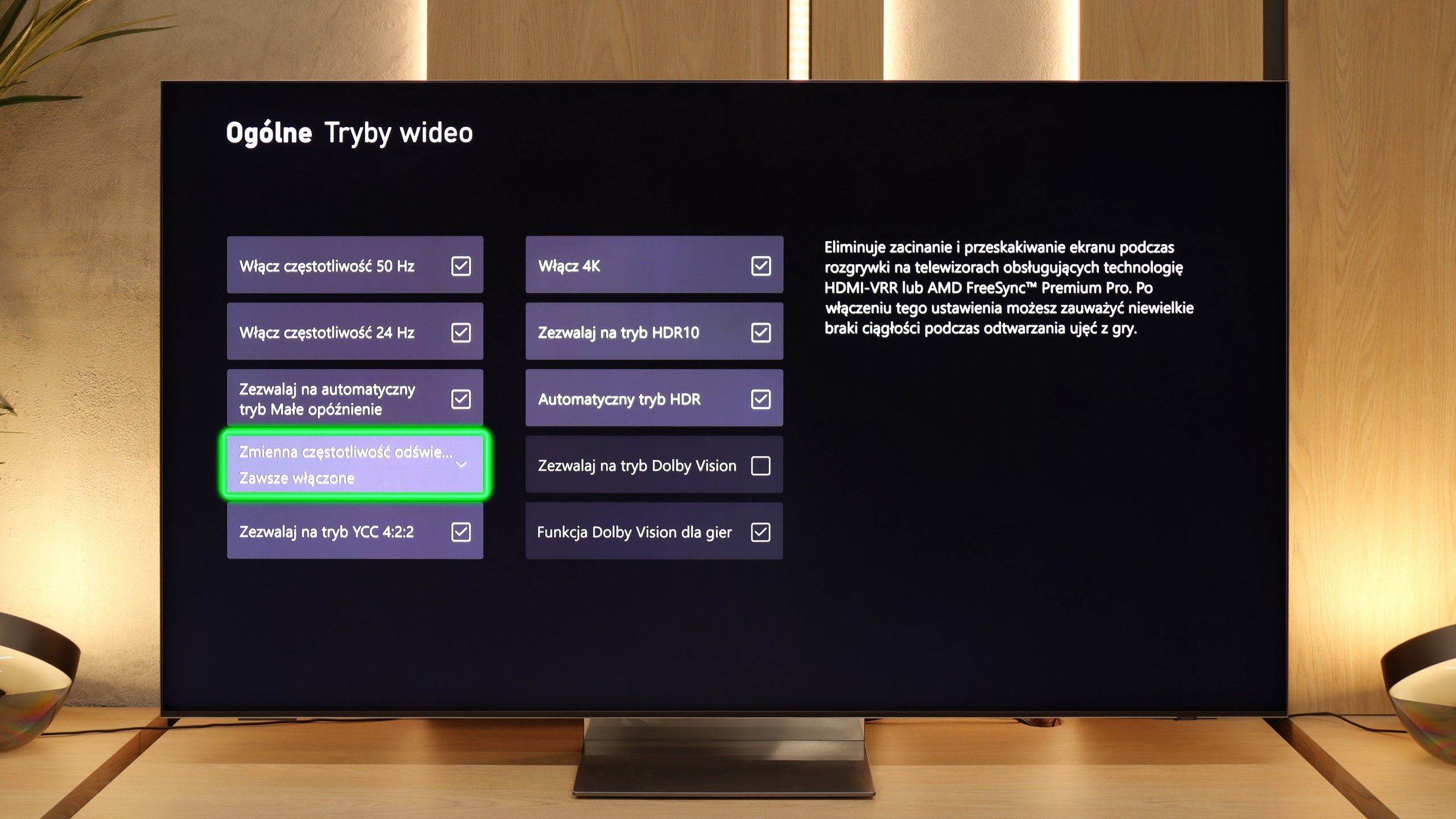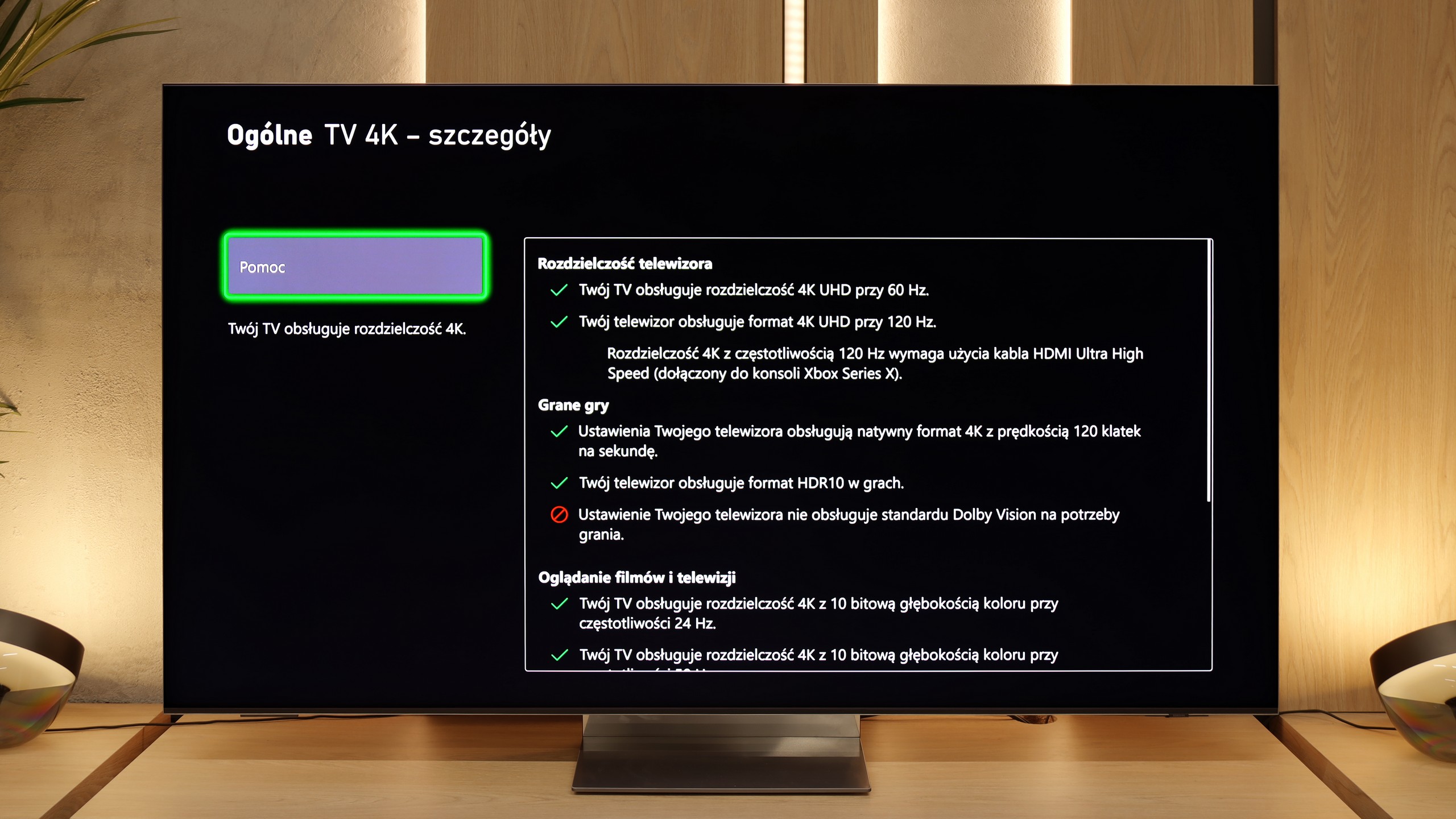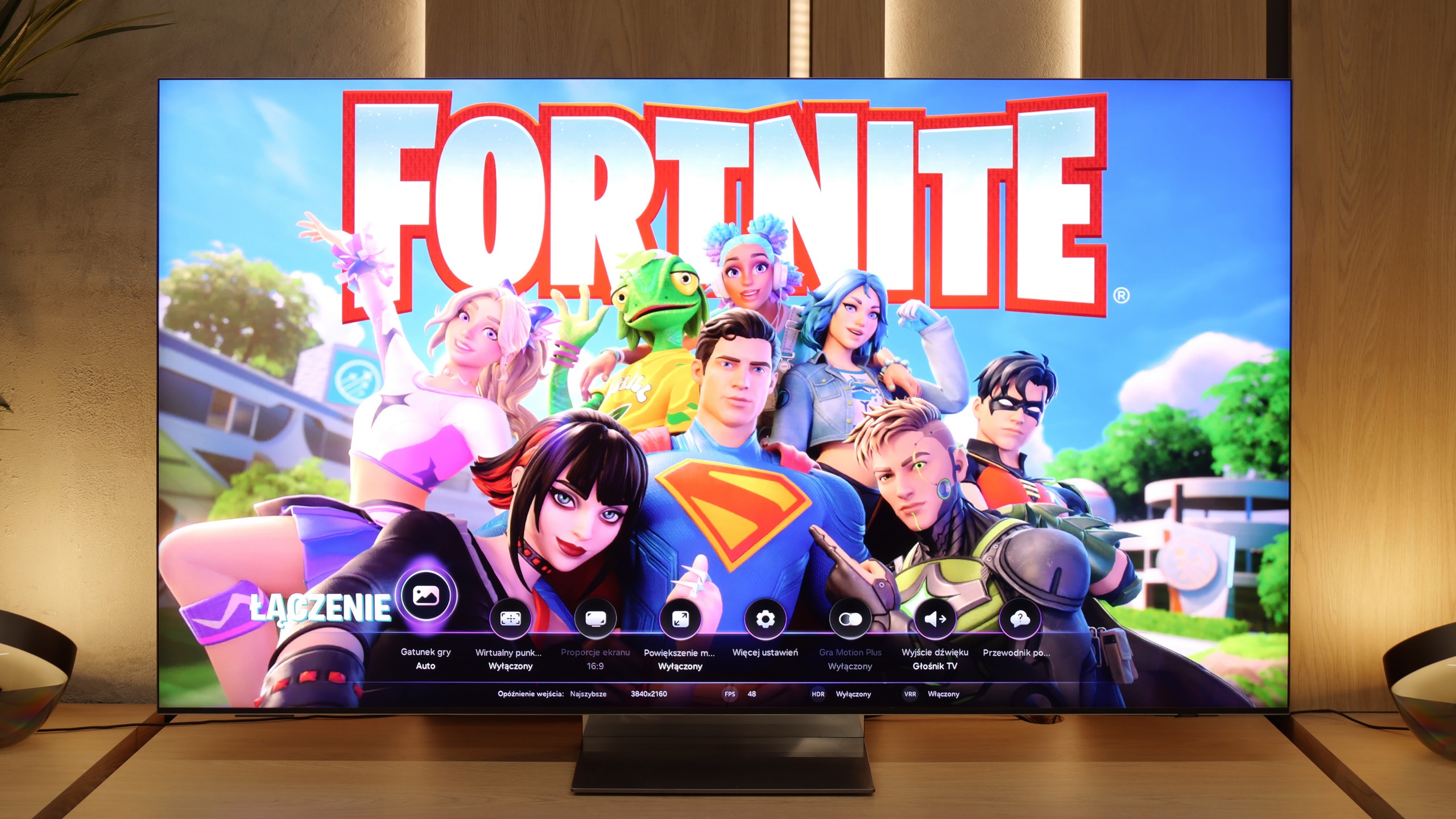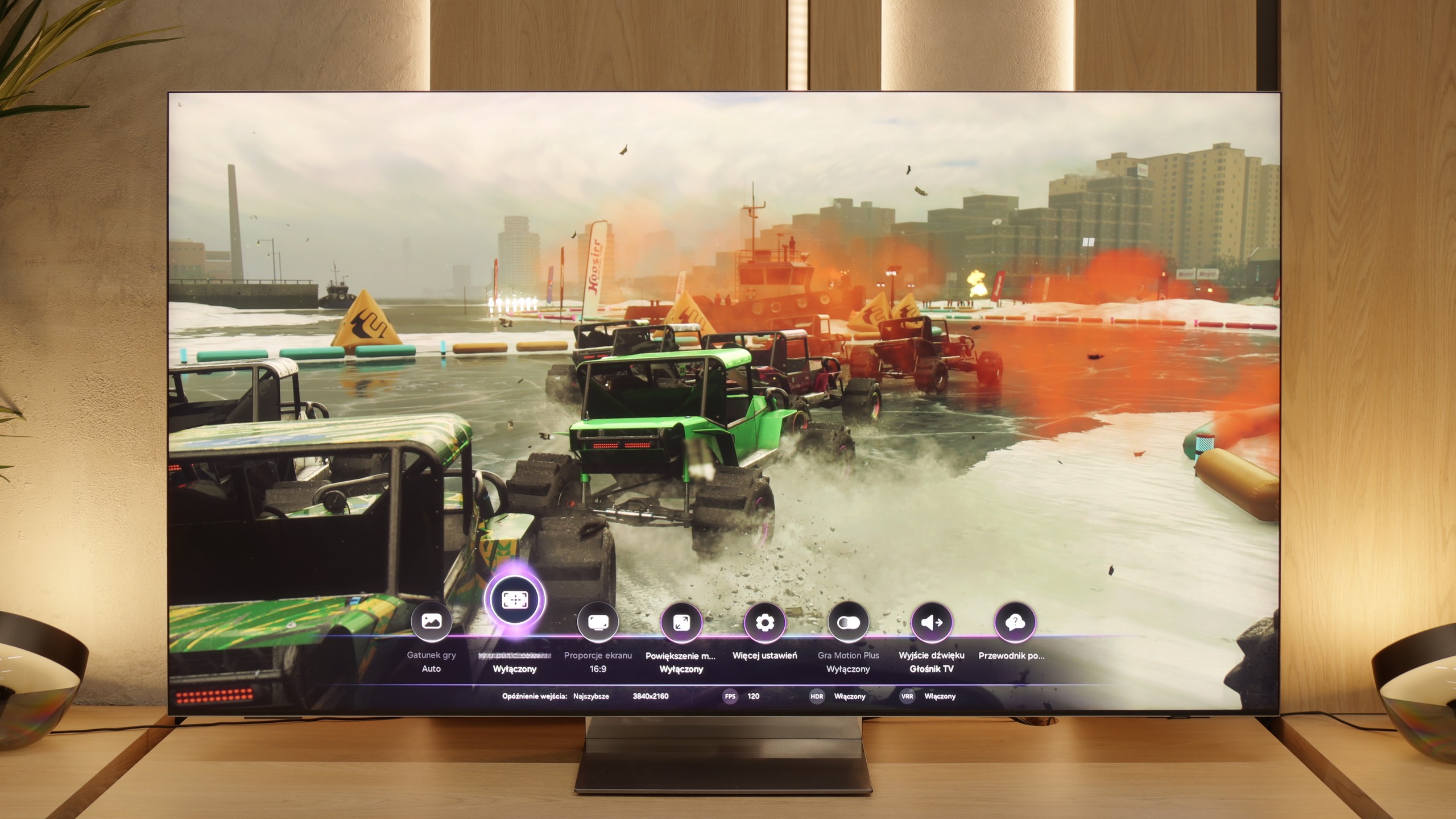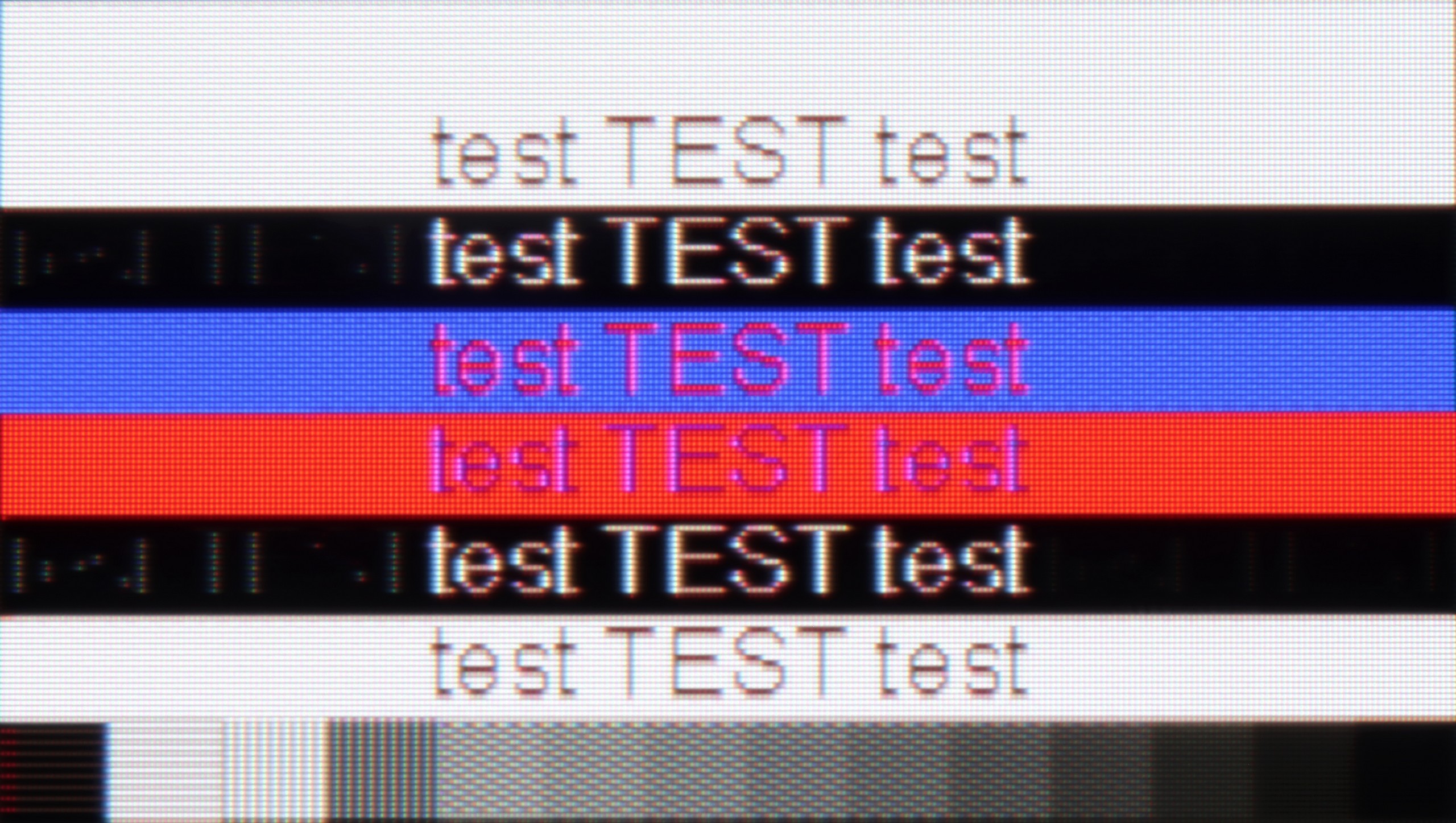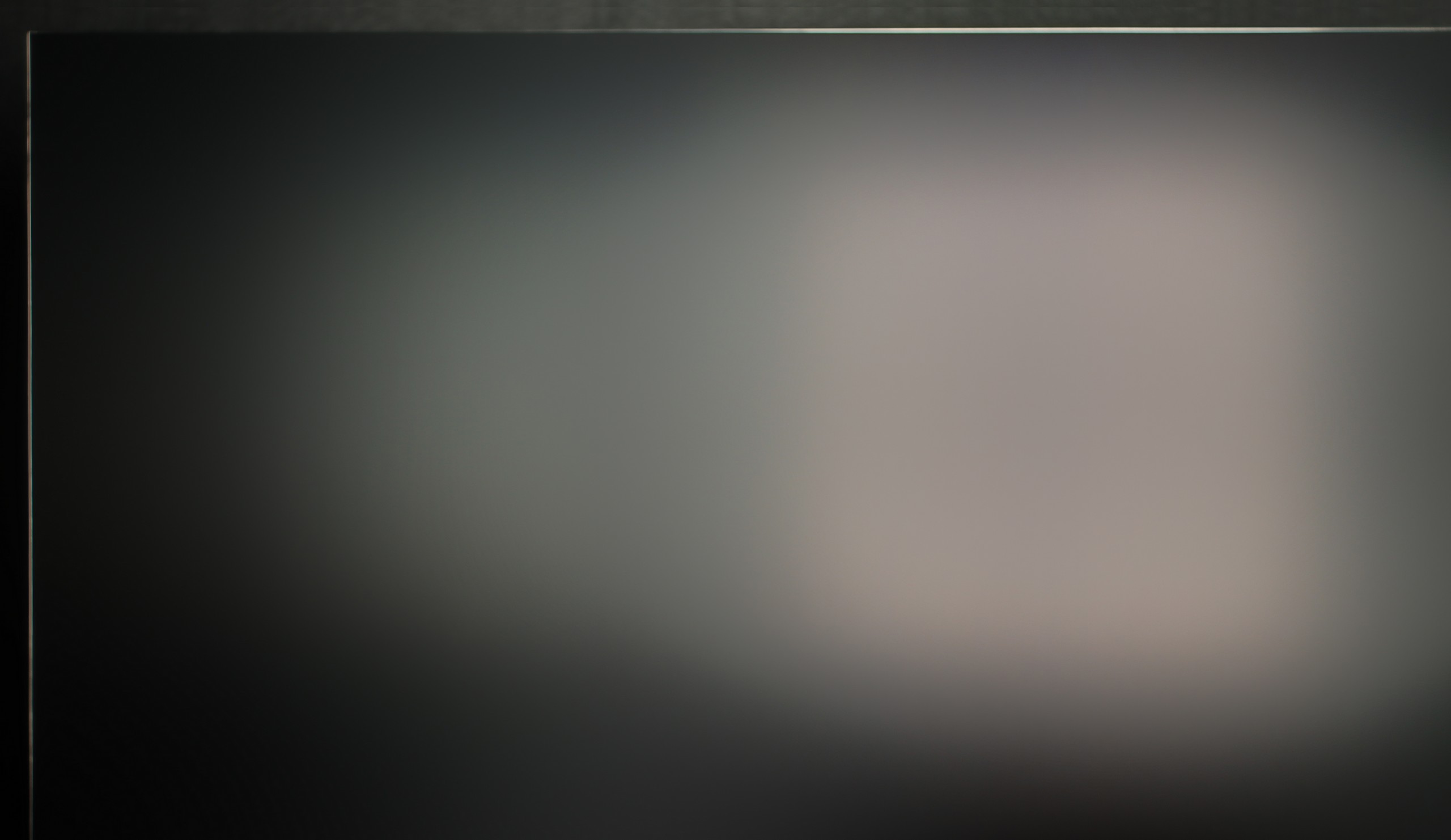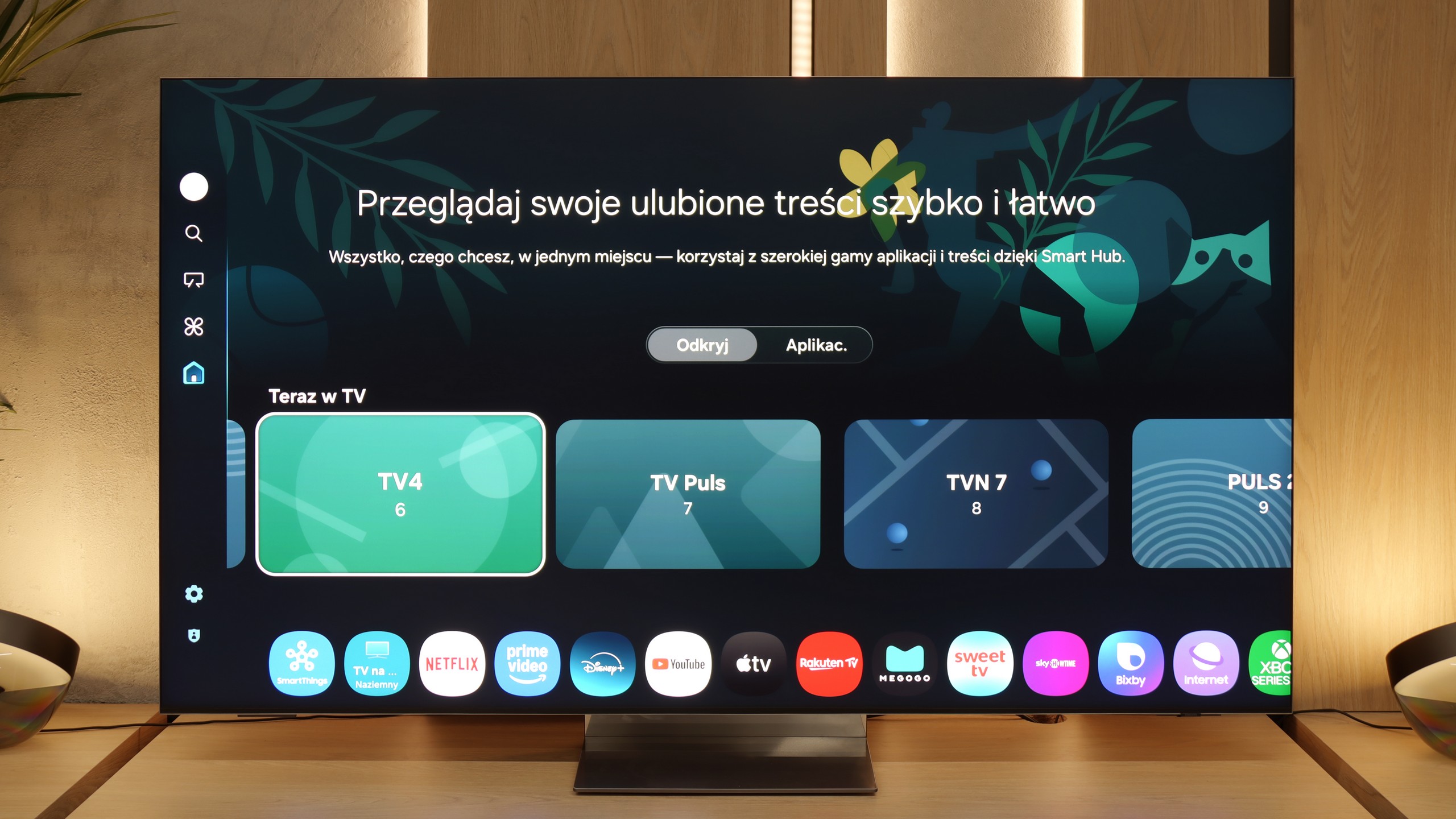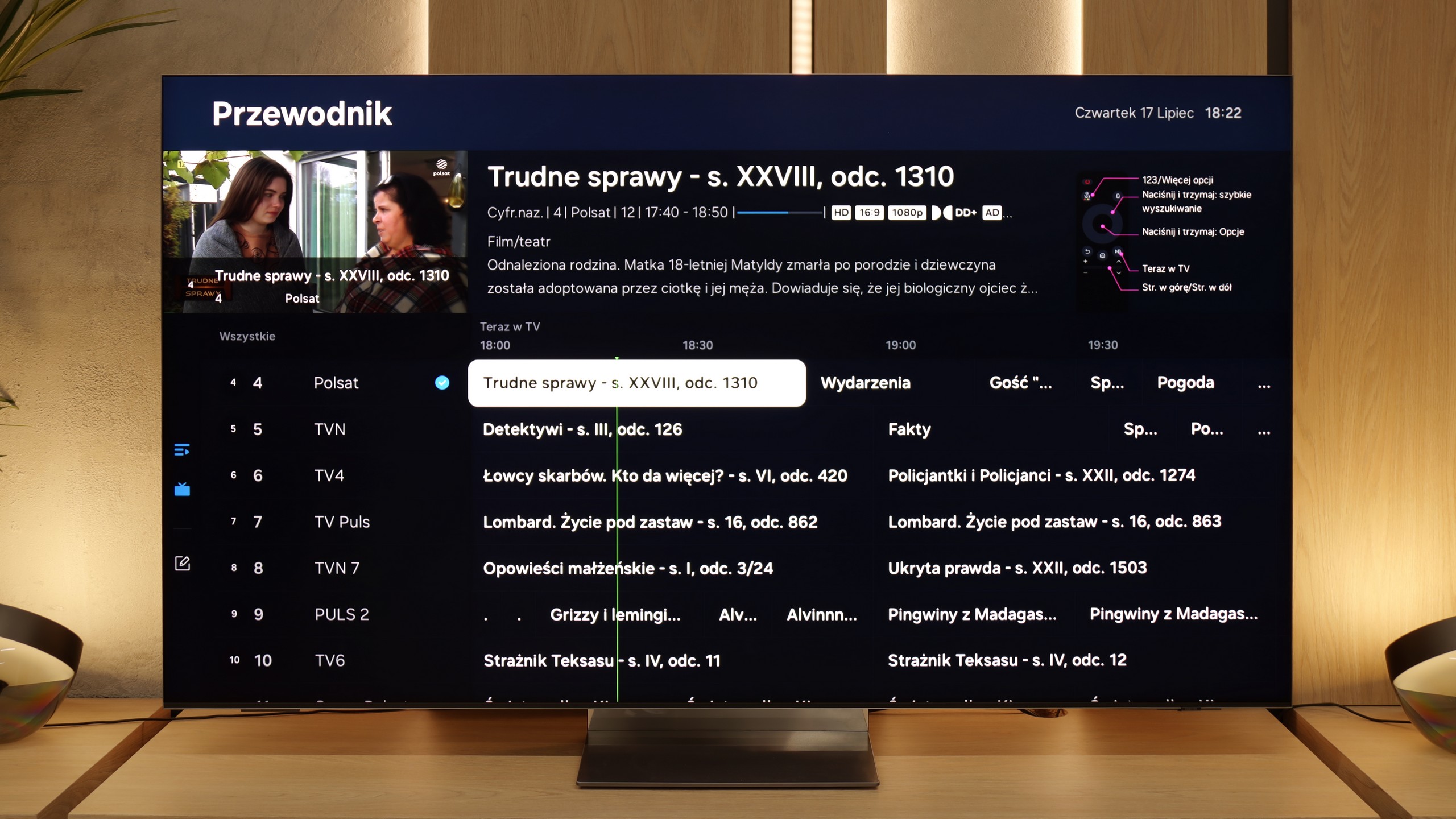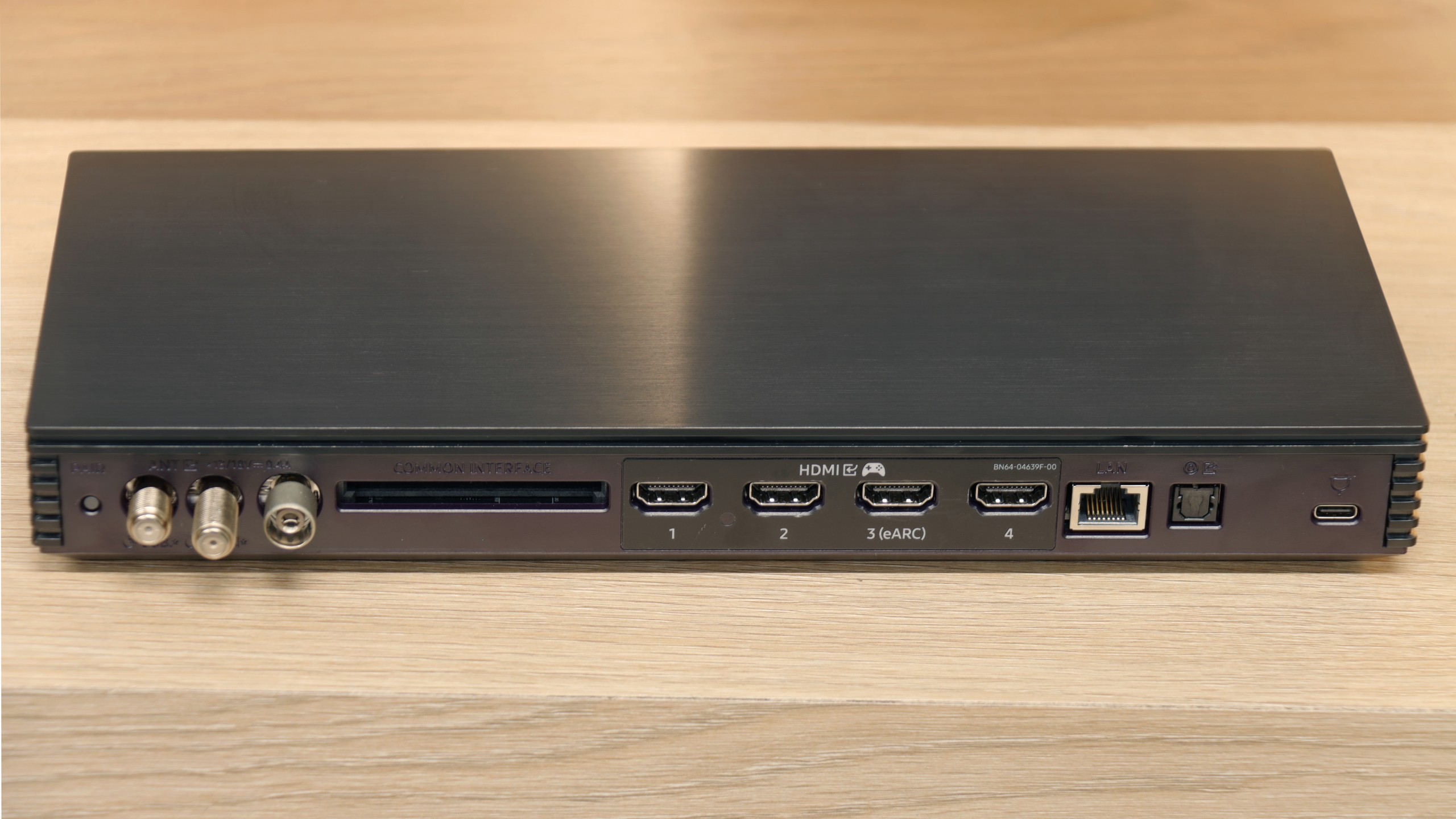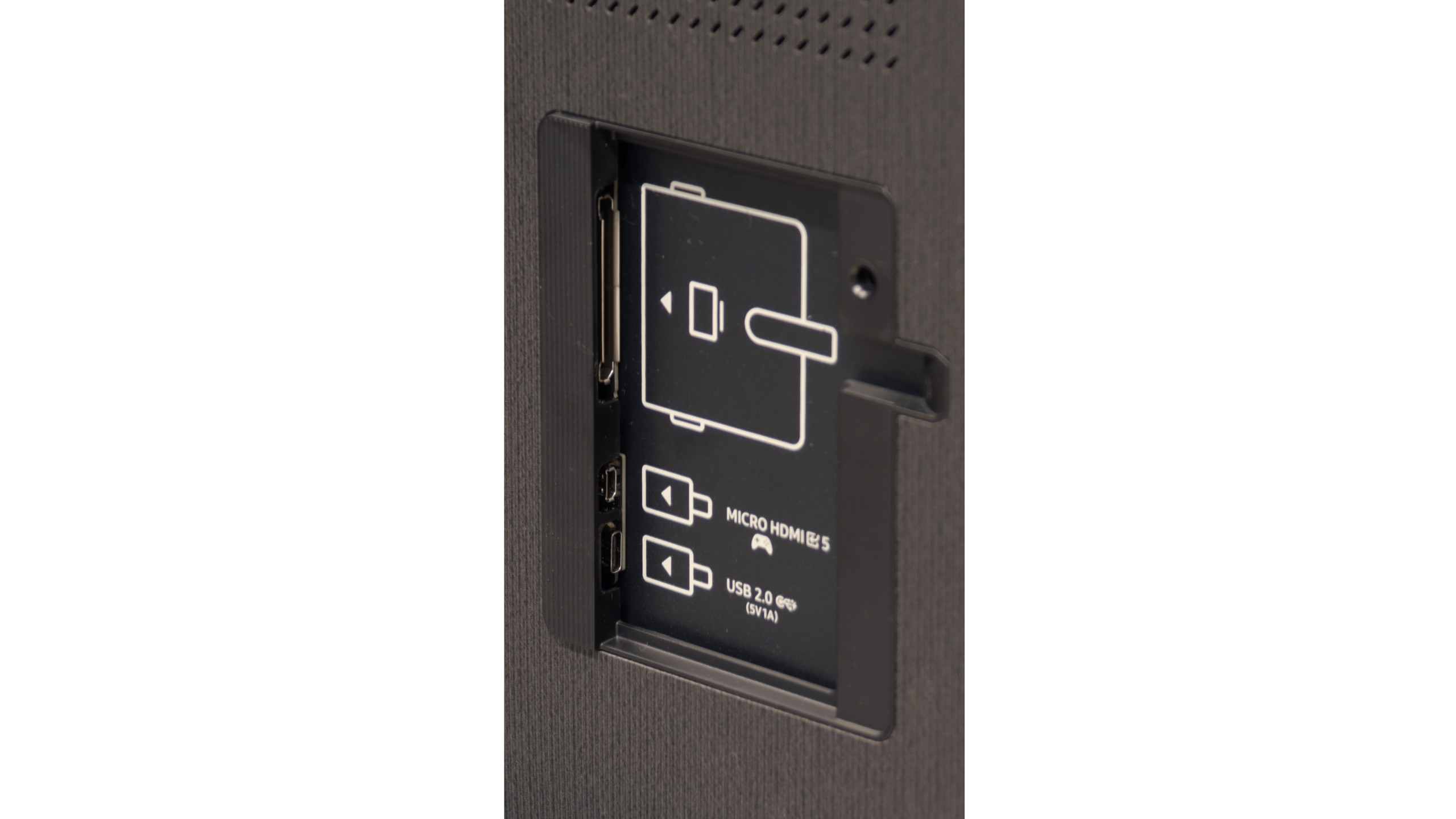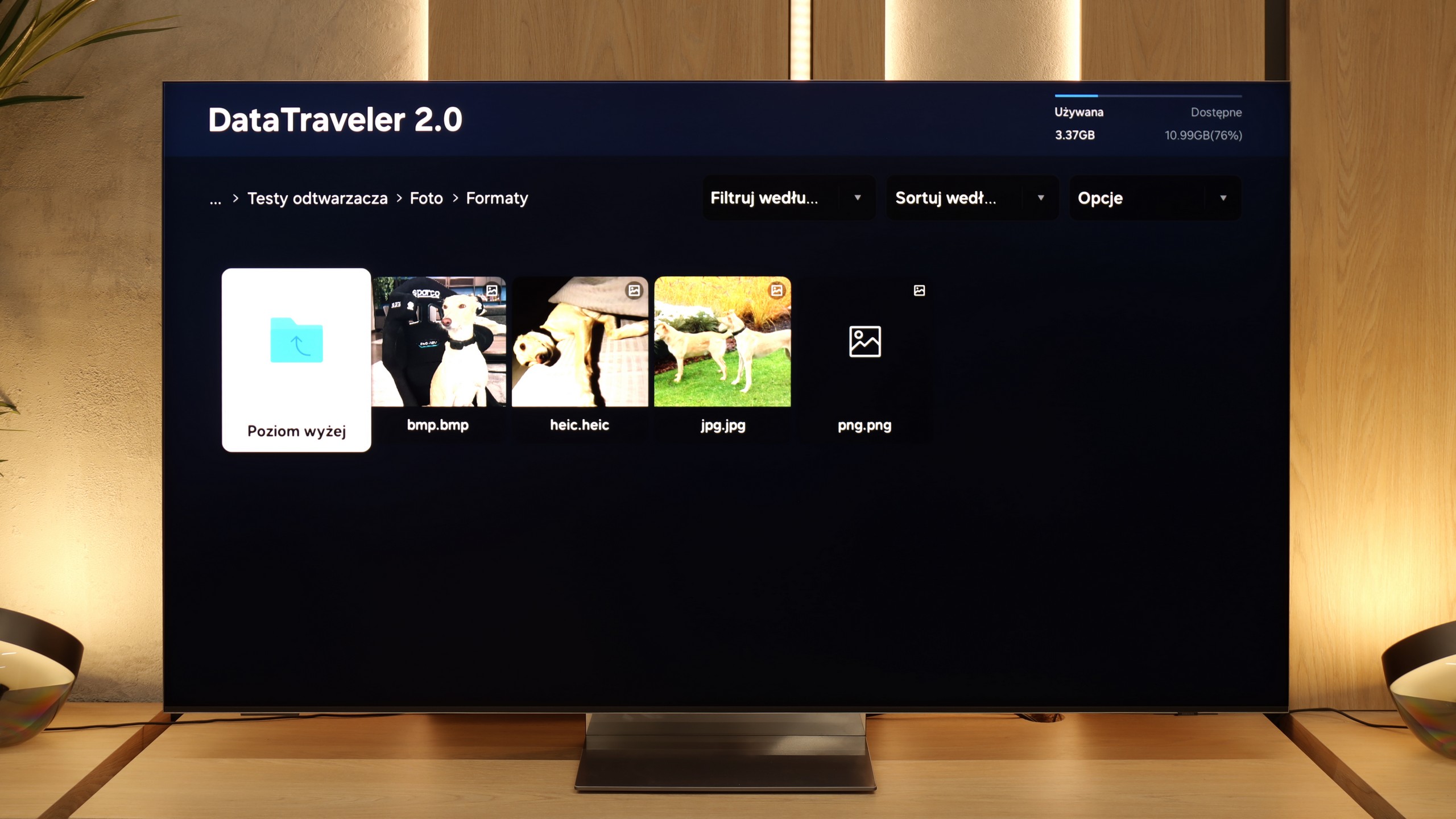Samsung QN990F is a television that makes a huge impression from the very first moment. It's probably one of the most beautiful models on the market – ultra-slim, with an almost invisible frame and a stand that makes it look like the screen is levitating above the table. On top of that, there's the futuristic Wiraless One Connect module, this time in a wireless version, which helps to reduce the number of cables in the living room and gives the whole setup a modern character. But it doesn't stop at design. The QN990F also boasts a powerful specification. Mini-LED with over a thousand dimming zones can generate contrast that occasionally rivals that of OLEDs. "Additionally, there's very high HDR brightness and a new matte screen that effectively eliminates reflections. And when we add excellent motion smoothness with a refresh rate of up to 240 Hz in 4K, we have a set of features that truly impress. Samsung hasn't forgotten about gamers – we have Game Bar, VRR, ALLM, five HDMI 2.1 ports, and phenomenal input lag at the level of 10–15 ms (when connected via micro HDMI).
And this is where we get to the crux of the matter. Because while the QN990F impresses on paper and in many tests, in practice, some solutions still require fine-tuning. The wireless One Connect module raises input lag to unacceptable levels for gamers, Mini-LED can struggle in challenging scenes with a lot of detail, and the lack of Dolby Vision or DTS:X reminds us that Samsung is stubbornly following its own path, sometimes at the expense of the user. Despite this, the QN990F is a television that shows the direction of industry development. It's not a model for everyone – but for those who love gadgets, technological innovations, and want a screen in their living room that looks like it's from the future. However, if someone is looking solely for the best picture quality, they will even find models within Samsung's portfolio that perform significantly better – maybe without 8K, but with more refined contrast or colours. Because 8K still remains a technology that looks firmly towards the future and QN990F shows what televisions of tomorrow might look like. But are we – the viewers – ready to pay such a high price for this vision and accept the compromises that come with it?
